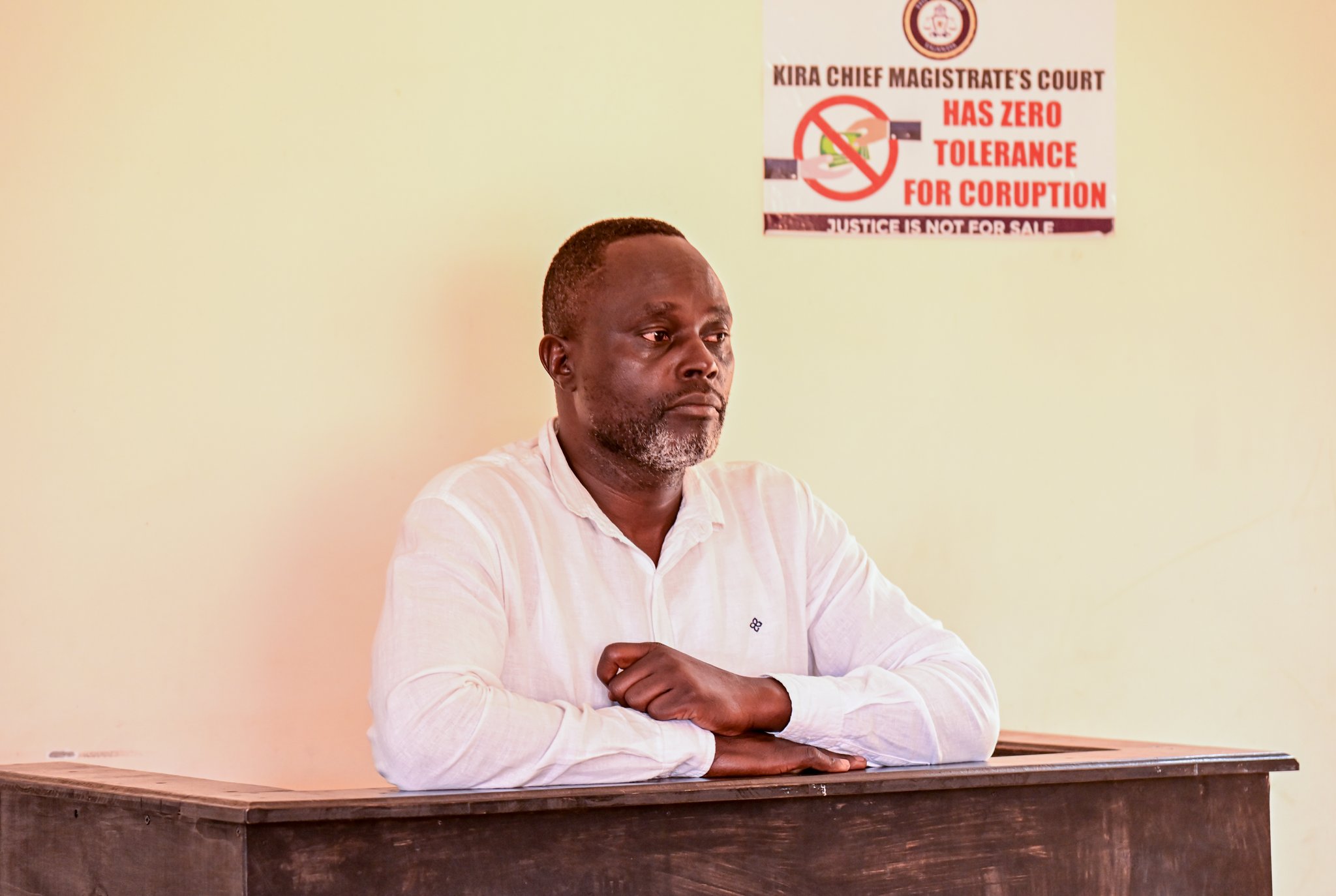The Cross Cultural Foundation Uganda (CCFU) is embarking on a nationwide campaign with the goal of raising awareness among leaders in Uganda’s new cities about the importance of safeguarding heritage sites for future generations and tourism development.
CCFU has diligently documented a range of heritage sites, including old buildings with distinctive architectural designs. These sites serve as valuable historical references for future generations, shedding light on construction practices from bygone eras.
Fredrick Nsibambi, Deputy Executive Director of CCFU, underscores the significance of preserving historical infrastructure, drawing a parallel with many tourist destinations in Europe and the United States. These places have successfully conserved their old structures, resulting in billions of dollars in tourism revenue.
The primary objective of CCFU’s campaign is to encourage both technical experts and political leaders to draft ordinances that will protect old buildings from demolition and alterations to their original architectural designs. Instead, the focus will be on renovating these structures to ensure they remain habitable.
Without such legal protection, many museums, cultural sites, and historical buildings face the risk of disappearing in the name of modernity and development. CCFU also emphasizes the need for new cities to develop strategies to actively promote these old buildings as sought-after tourism attractions.
Jinja City Speaker Bernard Mbayo provides a practical example of this approach. He highlights Uganda’s first stone-built structure, the Madhivani building, constructed in 1919. Working in collaboration with the developer, they agreed to restore the building and preserve it for future reference.
The Madhivani building was also recognized as a UNESCO heritage site, increasing its global recognition. It has become a subject of interest for engineers examining its durability and unique architectural designs developed over the years. Foreign and local tourists visit this building to appreciate its historical significance and uniqueness as the country’s first stone structure.
Before being granted city status, Jinja municipal council had documented uniquely designed buildings and established bylaws to discourage their destruction. Efforts to further strengthen related ordinances are currently underway.
These preservation endeavors not only protect cultural heritage but also enhance the city’s appeal as a tourism destination. Unique heritage sites like these draw the attention of both local and international tourists.
Peter Mawerere, Jinja City Deputy Town Clerk, reports an increase in the number of tourists visiting old buildings. He stresses the importance of raising awareness among developers about the significance of conserving these structures, which not only serve as heritage sites but also contribute to the tourism industry.
In the past year, Parliament passed the Museum and Monuments Bill 2022. However, the President returned it to Parliament with recommendations to remove certain sites, including Kilembe Mines in Kasese and Ocerei Gold Mines in Nakapiripirit District, from the list.
The bill’s primary aims include the development, management, and maintenance of museums and monuments. It also seeks to formalize the control and protection of tangible and intangible heritage and art collections.
Heritage Sites in Uganda’s New Cities
| City | Heritage Sites |
|---|---|
| Jinja | Madhivani Building, UNESCO Heritage Site |




















